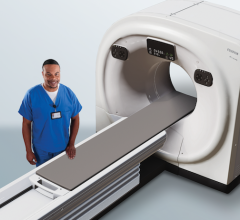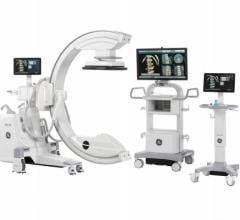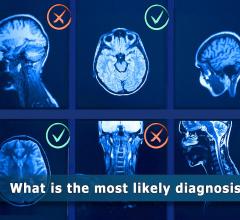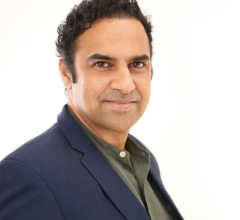
Ilyse Schuman, vice president of NEMA and managing director of MITA.
September 10, 1009 - With the details over medical imaging equipment utilization rates and Medicare reimbursement cuts for diagnostic imaging still on the table, President Obama’s televised speech on healthcare reform last night drew reaction from advocate groups like the Medical Imaging and Technology Alliance (MITA).
“The cost of expanding coverage can’t come at the cost of that early treatment the President eluded to,” said Ilyse Schuman, vice president of NEMA and managing director of MITA.
In his speech last night, Obama noted that early detection and cancer screening was important for saving lives and dollars. In the same stroke, however, he mentioned $500 billion in savings drawn from Medicare, which is cause for concern within the medical imaging community as savings will be gained from cuts to diagnostic imaging reimbursement.
“We support the goals of the President that every American should have access to quality, affordable healthcare, and I was encouraged by the President saying everyone should have access to cancer screening and early detection because that saves live and dollars. That is exactly why diagnostic imaging is so critical,” said Schuman. “But of the $500 billion in savings from Medicare, part of that will include cuts to imaging.”
MITA anticipates that the proposed additional cuts to Medicare reimbursement, on top of the cuts from the DRA, could undermine patient access to diagnostic imaging. “It’s a major impediment that they would enact additional, significant cuts to medical reimbursement,” said Schuman. “The House bill set the medical imaging utilization rate at 75 percent. Since the DRA imaging cuts went into effect, Medicare spending on advanced imaging fell 19.2 percent. [Additional cuts] would devastate the ability of providers to provide seniors access to medical imaging, and this leads us to believe that Medicare patients will not have access to medical imaging for diseases like cancer and heart disease.”
Additionally, MITA worries that private insurers will follow suit and also slash reimbursement for diagnostic imaging. “We are also concerned that access could have a spill over effect into the private insurance market, which might take a cue from Medicare. Providers may not be able to afford access to Medicare patients and move medical imaging back into the hospital setting. That poses an access problem to everyone,” said Schuman.
As an alternative means of controlling medical imaging costs, MITA proposes the adoption of appropriateness criteria to eliminate unnecessary imaging procedures.
“We believe a better approach to drastic cuts to imaging is building on physician-developed appropriateness criteria for imaging to make sure the right scan is used at the right time. And that will allow access to scans that patients do need,” explained Schuman.
In the months leading up to healthcare reform, MITA has been and will continue to educate policy makers and the public on the effects of cuts to medical imaging. Schuman said, “We are working with patient and provider groups to illustrate an accurate picture of imaging use now and what the impact could be on medical imaging in the future.”
She added, “[The President] acknowledged there are many details to work out, but it’s those details in terms of the cuts to imaging that MITA is concerned about.”
The Medical Imaging & Technology Alliance (MITA) is a division of the National Electrical Manufacturers Association (NEMA), and is the collective voice of medical imaging equipment manufacturers, innovators, and product developers. These technologies include: medical X-ray equipment, computed tomography (CT) scanners, ultrasound, nuclear imaging, radiation therapy equipment, magnetic resonance imaging (MRI) and imaging information systems.
For more information: medicalimaging.org


 August 06, 2024
August 06, 2024 








